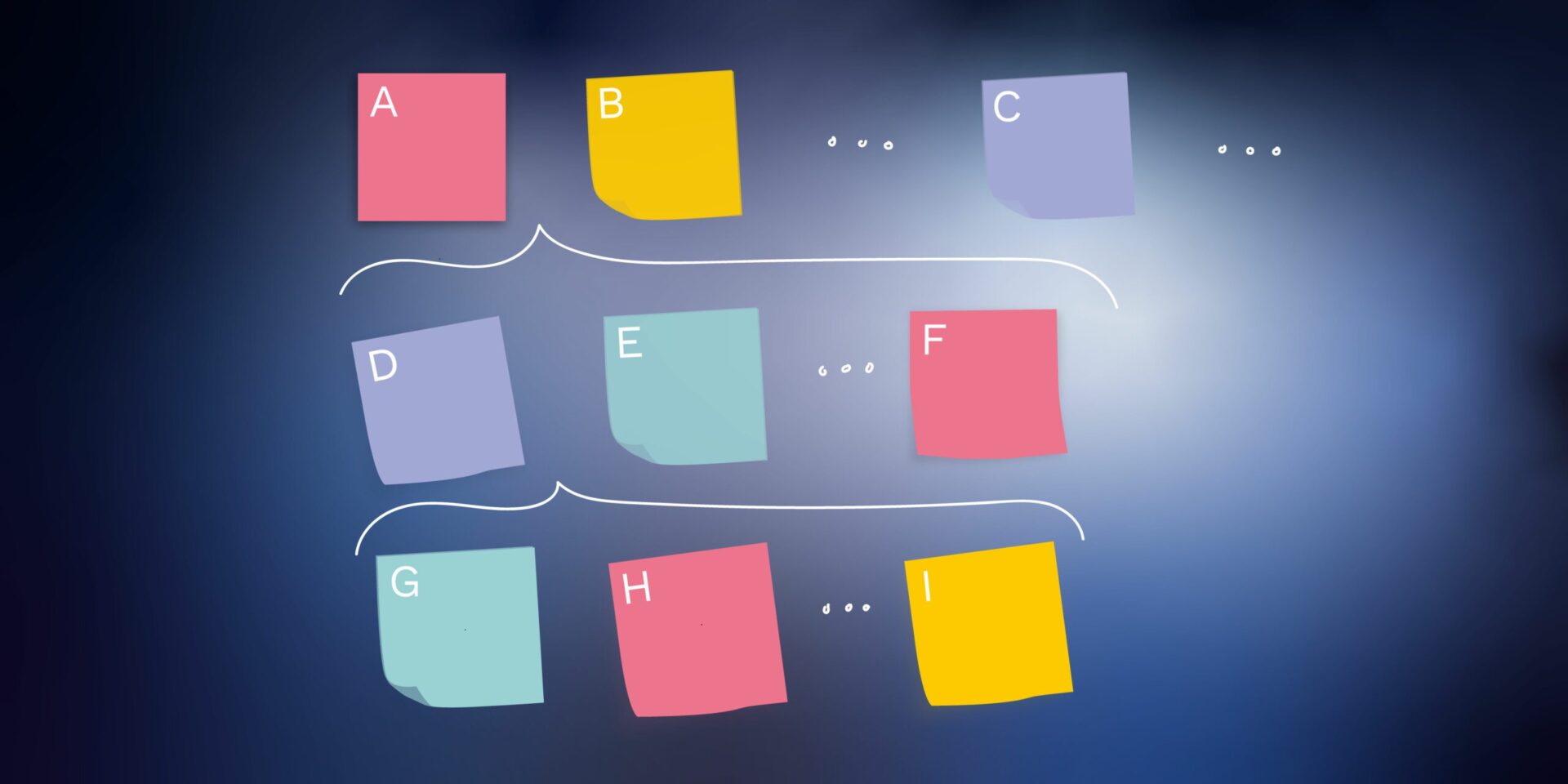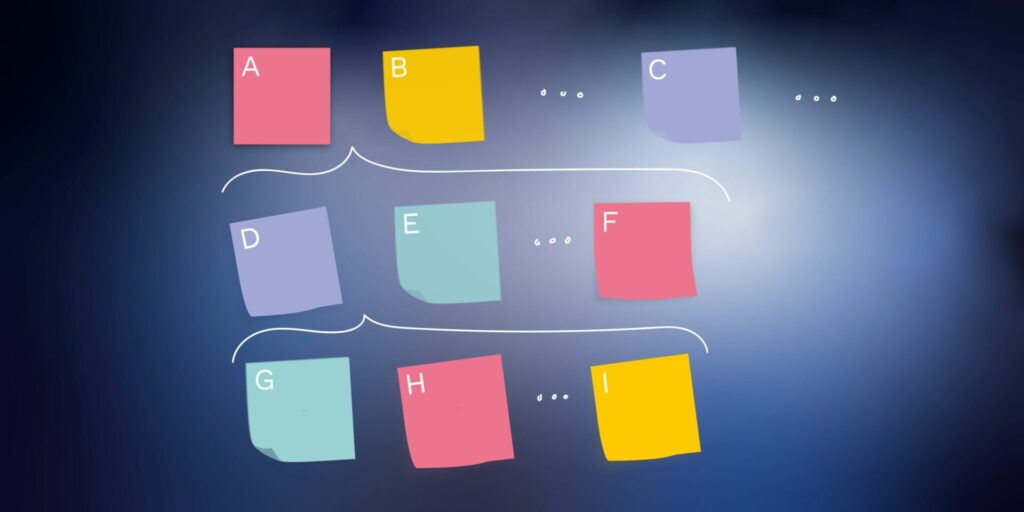
While researching and learning about new concepts, it is crucial for most researchers to structure and write down the newly acquired knowledge in a concise way. This allows them to come back to and effectively recall these concepts later. Additionally, structuring your knowledge outside of your head in a written form is useful in order to make new connections between information as well as novel discoveries. In part 2 of our Blog series on “Research Made Easy”, we have curated methods used by Lamarrresearchers that help them achieve structure and clarity in their thinking process.
Remember what you read through note-taking
When reading research articles, some scientists find it really beneficial to “work with the material instead of just reading it”. This includes highlighting the articles, sometimes with different colors indicating different semantic concepts, scribbling their thoughts in the margins or summarizing key concepts in their own words. To combine knowledge from different sources into one overarching hierarchy, a popular method is to create a mind map.
Mind maps help in visualizing how different concepts relate to each other. They serve as a vehicle to make sense of complex, interconnected and novel concepts. Their hierarchical structure can also help in clearly defining sub concepts that may be explored in depth individually.

Through the hierarchical grouping of related concepts a clear separation and structure emerges, helping the user to sort complex, previously unstructured information.
For some researchers we interviewed, structuring knowledge and ideas in a written form is also very beneficial. Whether it’s summarizing key concepts of articles, writing overview notes of new topics they’ve learned about or concisely formalizing an idea to make it succinct and less fuzzy, note-taking is essential in the everyday life of our Lamarrresearchers.
Since mathematical equations, graphs and (pseudo)code are different forms of information often used in Machine Learning, it is important that the note-taking tools used support these kinds of resources. Popular tools include Overleaf, which is an online LaTeX editor that facilitates inserting mathematical notation, Evernote, a tool that helps you keep track of rich text notes across devices and Notion, which is similar to Evernote and invites collaboration via its sharing functionality. How you structure your notes and how in-depth you want to write them is up to you. However, from our experience, the same concept as mentioned in the previous blog post on efficient literature study still holds true: Keep it simple and straightforward (KISS)! There is no need to needlessly formalize and over complicate your note-taking system from the beginning. Tools like Notion and Evernote allow you to grow into a system that you feel comfortable with over time.
Zettelkasten: Build a second brain
A novel way of taking and organizing your research notes, that has gained popularity in the community recently, is called a Zettelkasten, which literally translates to slipbox. The concept was famously used and popularized by German sociologist Niklas Luhmann, who claimed that it allowed him to make new connections between his notes so efficiently that it allowed him to be a highly prolific writer. A Zettelkasten is sometimes referred to as a second brain since it allows you to store your ideas and thoughts externally and makes it easy to link them together in order to derive new concepts and connections between previously separate items of thought. Luhmann’s Zettelkasten is currently in the process of being digitized and can be explored here.
Each note in the system is supposed to be an atomic idea, thought or concept. These notes are then implicitly arranged in a hierarchy by “linking” to and from them. In the analog world, this involves writing numbers and hierarchy levels in the top corners of the note itself.

Simple illustration of the Zettelkasten concept: Notes can be linked in both ways to each other. This is represented via their number in the top left corner.
While managing such a big system of paper slips is a daunting task, nowadays, there are two popular digital tools implementing this concept: Roam Research and Obsidian. Both follow the idea of linking information in the way that we are used to from the Internet, namely via hyperlinks. You can refer to another digital note via a link, and even link to specific parts of your notes like headings. This allows the digital Zettelkasten to be more flexible and extensible according to your specific needs and preferences in regard to how much information you want to have on your cards, what type of cards you find useful etc. Because notes are just digital documents, both tools also automatically suggest linking certain notes based on the occurrence and frequency of certain words and phrases. That way, an interconnected web of notes emerges inside your second brain almost automatically, sparking new ideas and helping you to organize and think about your research in unexpected and fruitful ways.

Example of a graph created by linking notes inside a Zettelkasten. Here, the note describing the concept of Clever Hans predictors is linking to (or gets linked to from) all notes highlighted in white. With this graph view, you can easily see often-used concepts as well as those notes that are not linked yet, giving you a birds-eye view over the knowledge you put into your second brain.
Time management for effective research
Of course, taking diligent notes and organizing them in a useful manner takes some time, no matter how simple your system is going to be. To get the most benefit out of the time you have in a day, there are certain concepts and tools that help you to keep track of your tasks and avoid spending your time unwisely. The next blog post in this series will discuss tips and tools for time management and keeping track of your tasks.
